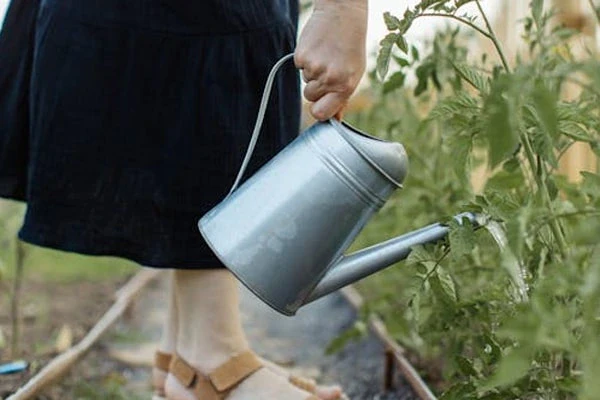April marks the transition into the heart of the gardening season, presenting an opportune time to prepare and nurture your garden for the months ahead. By focusing on key tasks such as soil preparation, planting, pruning, and pest management, you can establish a robust foundation for a flourishing garden.
1. Prepare Your Soil
Begin by clearing any debris and weeds from your garden beds. Enhance soil fertility and structure by incorporating organic matter like compost or well-rotted manure. Conducting a soil test can provide insights into nutrient levels and pH, allowing for precise amendments to create optimal growing conditions.
2. Start Planting
April is ideal for sowing cool-season crops such as lettuce, spinach, kale, carrots, radishes, and peas, which thrive in the mild temperatures of early spring. Additionally, starting warm-season vegetables like tomatoes, peppers, and cucumbers indoors prepares them for transplanting once the risk of frost has passed. Introducing early-blooming flowers like pansies and violas can also add vibrant color to your garden.
3. Prune and Trim
Pruning is essential for promoting healthy growth and enhancing flowering. In April, focus on removing dead or damaged branches from shrubs and trees. Prune early spring bloomers after they have finished flowering, and trim perennials and ornamental grasses to encourage fresh growth.
4. Mulch for Moisture and Weed Control
Applying a 2–3-inch layer of organic mulch around plants helps retain soil moisture, regulate temperature, and suppress weed growth. Materials such as shredded bark, straw, or compost not only serve these functions but also contribute to soil health as they decompose.
5. Manage Pests Naturally
With the arrival of warmer weather, pests become more active. Regularly inspect plants for signs of infestation and encourage beneficial insects like ladybugs and praying mantises that prey on common pests. Utilizing natural deterrents such as neem oil or insecticidal soap can effectively control pest populations without harming the environment.
6. Water Wisely
Consistent and efficient watering is crucial for plant health. Watering early in the morning reduces evaporation and helps prevent fungal diseases. Implementing a drip irrigation system can provide targeted watering, ensuring that moisture reaches plant roots effectively.
7. Maintain Your Lawn
A well-maintained lawn enhances the overall appearance of your garden. April is an excellent time to aerate compacted soil, reseed bare patches, and apply organic fertilizer to promote lush, healthy grass growth.
8. Set Up Garden Supports
Installing stakes, trellises, or cages for climbing plants like peas, beans, and tomatoes early in the season prevents damage and promotes better air circulation, reducing the risk of disease.
9. Plan for Pollinators
Attracting pollinators such as bees, butterflies, and hummingbirds is vital for a productive garden. Planting nectar-rich flowers like lavender, salvia, and coneflowers supports these beneficial creatures and enhances biodiversity.
10. Enjoy Your Garden
Take time to observe and appreciate the progress in your garden. Engaging with your outdoor space not only provides relaxation but also allows you to notice and address any issues promptly, ensuring a thriving garden throughout the season.
By diligently performing these tasks, you set the stage for a vibrant and productive garden that will bring enjoyment and bountiful harvests in the coming months.
